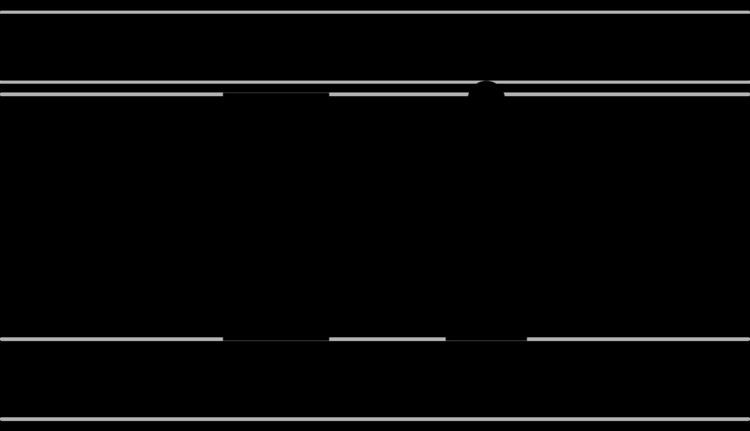Numeric value: 10 | ||
 | ||
The dotted i (І і; italics: І і ), also called decimal i, is a letter of the Cyrillic script.
Contents
It commonly represents the close front unrounded vowel /i/ like the pronunciation of ⟨i⟩ in English "machine".
It is used in the orthographies of Belarusian, Kazakh, Khakas, Komi, Rusyn and Ukrainian and is the equivalent of the Cyrillic letter i (И и) as used in Russian and other languages.
Ukrainian і is equivalent to Russian и. Ukrainian uses и for a sound close to Russian ы. Belarusian uses only і and ы and omits и. Rusyn uses і, и and ы for three different sounds: /i/, /ɪ/ and /ɨ/, respectively.
In Komi, і occurs only after the consonants д, з, л, н, с, and т and does not palatalize them while и does. In Kazakh and Khakas, і represents /ɪ/, as in "bit".
Just like the Latin letters I/i (and J/j), the dot above the letter appears only in its lowercase form and then only if that letter is not combined with a diacritic above it (notably the diaeresis, used in Ukrainian to note the letter yi of its alphabet, and the macron).
Even when the lowercase form is present without any other diacritic, the dot is not always rendered in historic texts (the same historically applied to the Roman letters i and j). Some modern texts and font styles, except for cursive styles, still discard the "soft" dot on the lowercase letter because the text is readable without it.
History
The Cyrillic soft-dotted letter i was derived from the Greek letter iota (Ι ι).
The name of this letter in the Early Cyrillic alphabet was и (i), meaning "and".
In the Cyrillic numeral system, soft-dotted I had a value of 10.
In the early Cyrillic alphabet, there was little or no distinction between the Cyrillic letter i (И и), derived from the Greek letter eta, and the soft-dotted letter i. They both remained in the alphabetical repertoire since they represented different numbers in the Cyrillic numeral system, eight and ten, respectively. They are, therefore, sometimes referred to as octal I and decimal I.
Rules for usage in Russian (pre-1918)
The distinction between миръ ("peace") and міръ ("world"), lost when they were merged to мир, led to the legend that Tolstoy's War and Peace (Война и миръ) was originally titled "War and (the) World".
As it turns out, the spelling of the two variants of мир was an artificial distinction to separate two different definitions of what was originally in fact the same word (much as with English "to" vs. "too").
